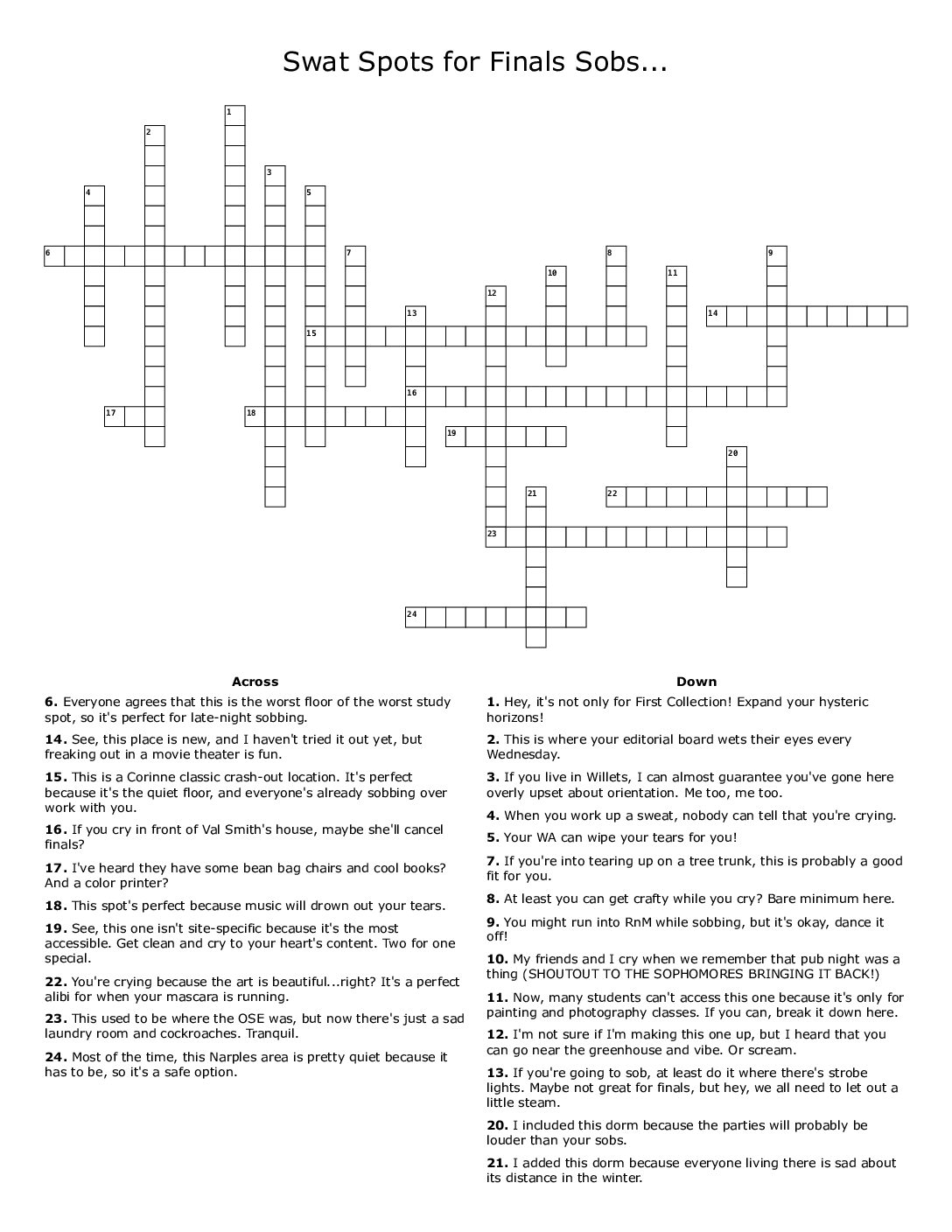This past July I met the brilliant illustrator and animator Dani Marsh at an annual queer art event hosted by the Tate Britain. Eager to contribute to my project exploring the presence of gender norms, expressions, and dynamics in differing professional industries, she invited me over to her dorm room at the London College of Fashion in North Acton, London to chat. The following interview from Dani gives a glimpse into her artistic practice as she discusses the gendered implications inherent in the bifurcation of her work, embracing dualities of beauty and oddity, an expectation of sexualized bodies amongst fashion illustration, and more.

DM: Primarily, I’m trained as a fashion illustrator, but I would like to create more animation and moving image storytelling. Hopefully once I’ve made some money and gone freelance, then I can start making a lot more films. In regards to animation, I think gendered assumptions about creativity are dependent on the field and types of work. The more “mathematical” creativity like graphic design, animation, architecture, stuff that involves you being quite technical — not that drawing doesn’t require intelligence — are thought of as male. But then my other work, like watercolors or stuff like that, is seen as feminine based creativity.
When I started to get more confident in myself, my work changed massively. Definitely. My whole drawing style changed completely from wanting everything to be perfectly in proportion, to disregarding the rules and really going full “ugly.” This kind of drawing motif I’ve become obsessed with, pig nose girls, is like super fucking weird! I love the dynamic of being really feminine but at the same time, being a little bit uneasy, weird, and melancholic. That’s something I try to explore in the characters I create. A lot of “feminine” art is thought of as not as important. You get stick from people for being too “girly,” and they say “girly” like its a dirty word. My work is all about embracing skewed, odd features within tropes of traditional beauty.

Often times people don’t take my work seriously because it’s feminine. It seems quite twee to some people. But if you look closer, I think it’s quite creepy and little bit off. I mainly draw women, and it’s great because you can really just celebrate womankind. I’m exploring different bodies, gender nonconformity, this massive spectrum of different people… You can create the people you want to see represented. It’s not even conscious most of the time, I’m actually trying to be more conscious about it. Creating work of women who are quirky-looking has helped me embrace that about myself. So in a lot of my drawings they’ve got spots on their skin, gaps in their teeth — a lot of my own insecurities coming out – but then it looks really good. It’s quite empowering, actually.

People perceive the commercial side of fashion illustration to be all about photorealistic beautiful women with long hair. But people who work in the industry actually want it to be “edgier.” This idea of edge, which is usually synonymous to sexualization, has been haunting me for years. I hear, ‘you should look more edgy, dress more edgy, make more edgy work’ and that bothers me because not everyone’s work needs to be the same or totally infused with sex. I’m bored of it, I find it exhausting. There’s already a lot of sexualizing a certain type of body in fashion illustration and a demand that women be represented in a certain way.

I draw a lot of naked women, but nudity doesn’t have to be inherently sexual. My final major project was about longing and happiness you feel when you’re nostalgic — so it was aligned with my work’s theme of both beauty and feeling somewhat off. When I was in the process, everyone told me to make it more sexual and I was like, ‘This is a personal project about childhood and feelings I had about finishing uni and moving on.’ There [is] a lot of demure work in fashion illustration and I think I sit somewhere in the middle. Sexuality is a very important part of most people’s lives, but my art doesn’t need to always be about it. I found it quite infuriating the amount of people who were like, ‘Yeah your work is a bit safe and naive.

After our discussion, Dani graciously offered me a bright pink beverage and the time to investigate and photograph her living space. As these photos depict, her work is a compelling exploration of not only fashion, but what it means to exist as a womxn. Her integration of the playful and uncanny create new and compelling worlds which I’m sure will flourish in her future animation pursuits. Dani’s work is a much needed interrogation of fashion illustration’s oftentimes-singular narrative of womxnhood.















